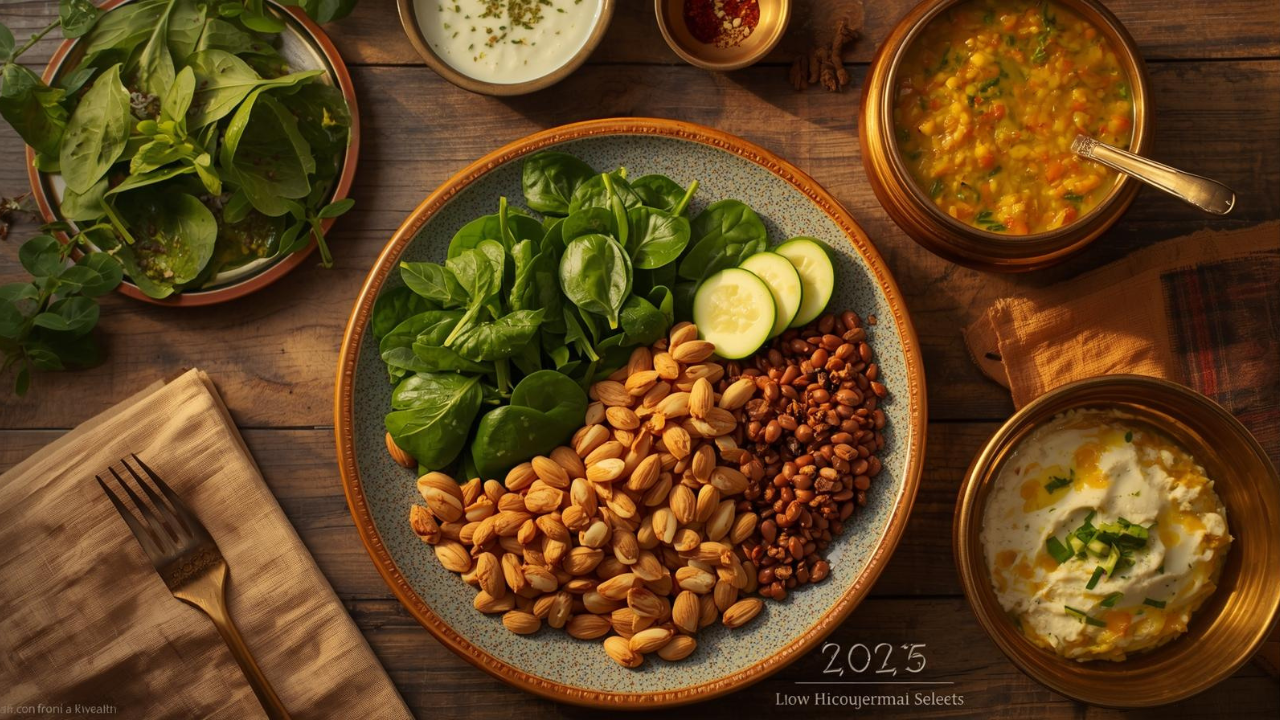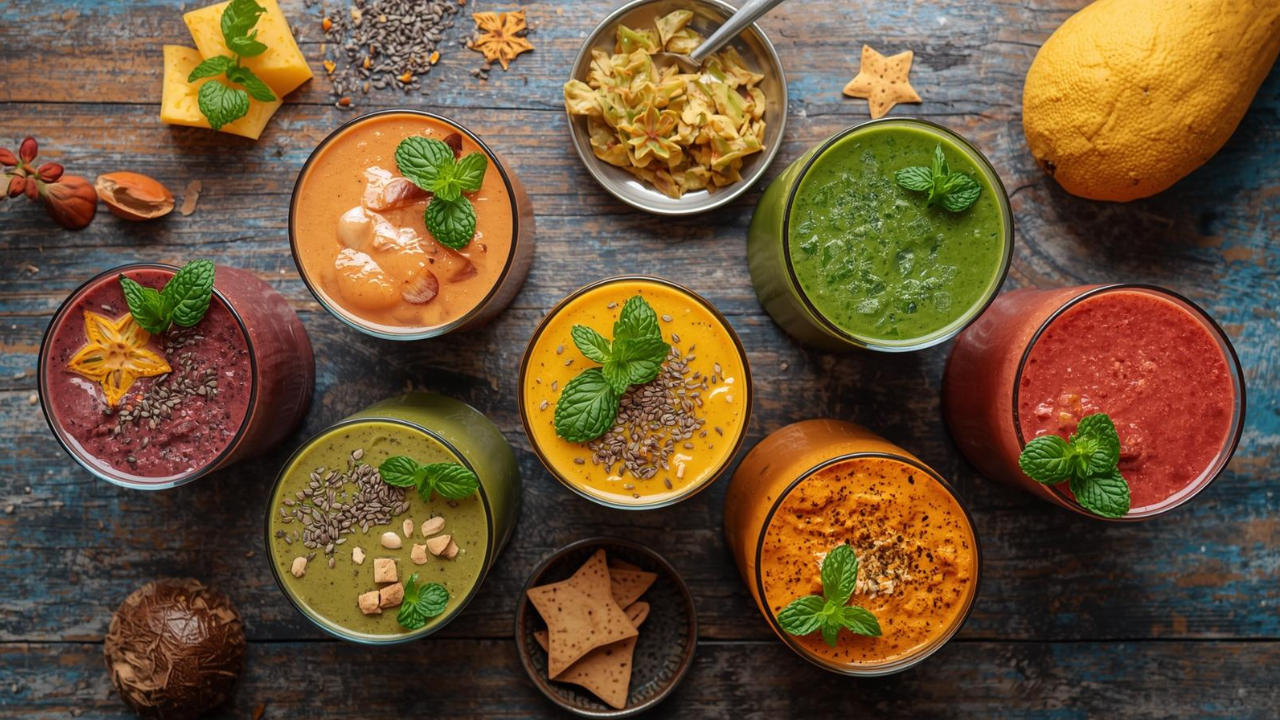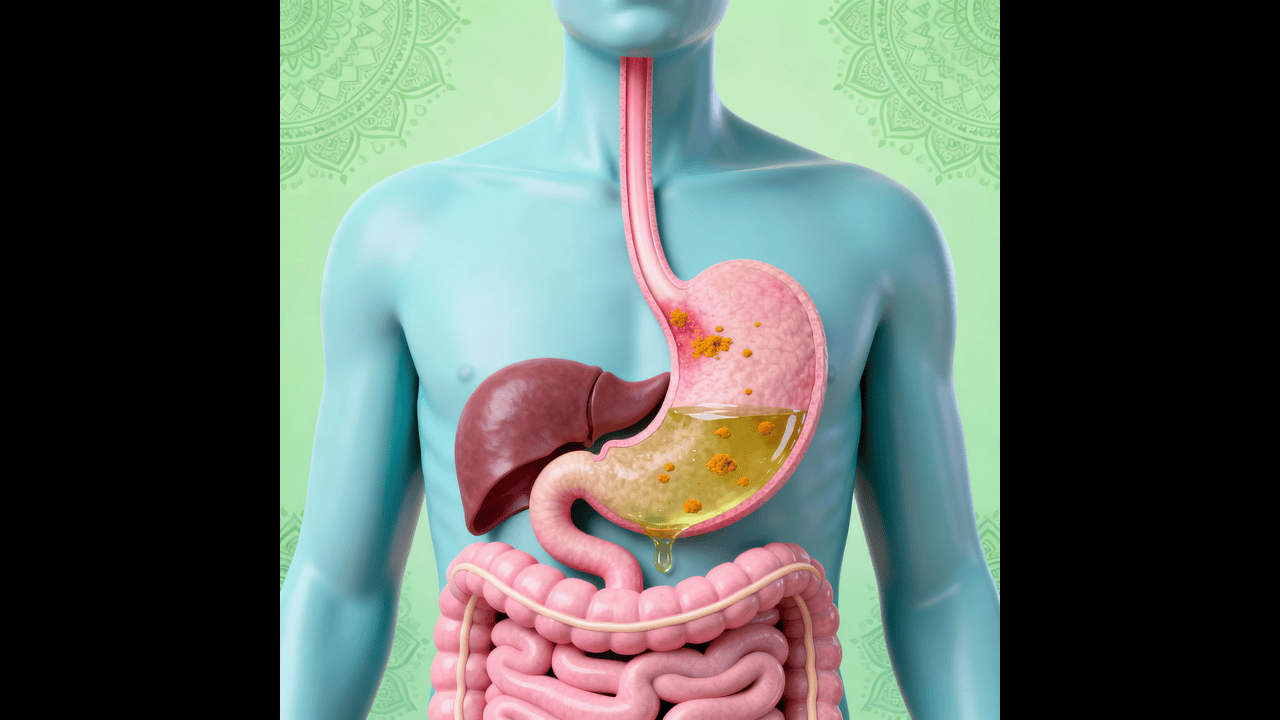
Post by :
Photo:AFP
Mary Wang, a 27-year-old woman from China, lives in Perth, Australia. Recently, she was planning to continue volunteering by teaching older people how to use smartphones. But her plans changed when she heard that thousands of anti-immigration protesters were marching across Australia. Feeling unsafe, she decided to stay at home.
“I just feel insecure,” Wang said. “I didn’t grow up here, and I already feel out of place. When protests like this happen, it makes me feel even more worried.”
Mary has lived in Australia for four years. She moved from Melbourne to Perth with her husband, also from China, hoping to improve her chances of getting permanent residency. But now, rising anti-immigration sentiment in the country is making her and others feel threatened.
On August 31, “March for Australia” rallies against mass immigration were held in every state and territory capital. In Sydney, as many as 15,000 people joined the protest. Some politicians condemned the rallies as xenophobic, but others, including some far-right figures, supported them.
Sophie Loy-Wilson, a university lecturer who studies Chinese communities in Australia, explained that these rallies reflect a global rise in right-wing politics but also have uniquely Australian features. Economic challenges, especially a housing crisis, are making people anxious.
Australia has one of the highest housing costs in the world. Sydney is the second least affordable city for housing after Hong Kong, and Melbourne and Adelaide are also very expensive. Rising living costs make many Australians worried, which some protesters wrongly blame on immigrants, including international students.
“There is a tendency to blame a specific group when society faces big problems,” Loy-Wilson said. “Australia also has a long history of anti-Chinese and anti-Asian violence.”
Carol Lin, a Chinese-Australian psychologist in Melbourne, said she understands the difficulties many Australians face but believes blaming immigrants is wrong. She warned that although Chinese people are not the main target, anti-immigration attitudes affect all immigrant communities.
Chinese immigrants are one of the largest groups coming to Australia, after those from Britain and India. From 2013 to 2023, the number of people from China grew by more than 50 percent. Despite this, officials say the marches were mostly symbolic and represent a minority viewpoint.
Evan Mulholland, a shadow minister in Victoria, said Chinese and Asian Australians make significant contributions to the economy and culture. He reassured the public that political leaders value diversity and support immigrant communities.
However, some Chinese-Australians are cautious because of past tensions between Australia and China, especially during the COVID-19 pandemic. Experts note that anti-China sentiment at that time created fear and distrust among Chinese residents.
Recently, there have been reports of assaults on Chinese nationals, showing that tensions can sometimes turn violent. Experts say the government must guide society carefully to prevent racism and protect immigrants.
Despite these concerns, most Chinese residents interviewed said they still feel safe and welcome in Australia. They feel the country’s policies for immigrants and Indigenous people are protective and helpful.
Jana Favero, a deputy chief executive at an asylum support center, noted that Australia’s election results reflect rejection of anti-immigration rhetoric. She said the marches reflect a small minority and are unlikely to affect official immigration policies.
while anti-immigration rallies have caused fear among some Chinese residents in Australia, the broader society still largely supports multiculturalism. The challenge is balancing economic pressures, social concerns, and the rights of immigrant communities.










NBA Friday Recap: Powerhouse Wins for Miami, LA, Milwaukee, and Clippers
Miami, LA Lakers, Milwaukee, and Clippers triumphed in a thrilling NBA Friday, showcasing standout p

Doncic Shines with 49 Points in Lakers' 128-110 Victory over Timberwolves
Luka Doncic dazzles with 49 points as the Lakers secure a 128-110 win against the Timberwolves, show

Kings Triumph Over Jazz 105-104 with Last-Minute Sabonis Effort
The Sacramento Kings edged out the Utah Jazz 105-104, with Domantas Sabonis making the decisive shot

Argentina's Friendly Match Against India Delayed, New Date to be Announced
The friendly match between Argentina and India in Kochi has been postponed due to FIFA approval dela

Rohit and Kohli Conclude ODI Journeys in Australia with a Victory
Rohit Sharma and Virat Kohli bid adieu to Australian ODIs with a final win, forming a 168-run partne

George Russell's Wrestling Mask Antics at Mexican Grand Prix
George Russell donned a wrestling mask to enjoy the Mexican Grand Prix from the stands, providing a